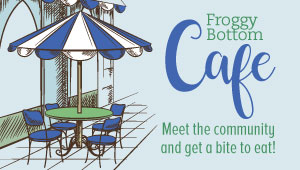This report is a bit alarmist, but they do have a point. Iodine-131 may have a half-life of eight days, but it is not the only radioactive particle invading our food supply. You can see how this is reported here, where the government acknowledges that Cesium-134 and Cesium-137 have been discovered in rather elevated quantities in the Hawaiian milk supply, but then reassures us by talking about the half-life of Iodine-131.
Samples of milk from across the United States are regularly collected and tested by the EPA’s RadNet, a national network of monitoring stations that check air, water, and milk samples for radioactivity.
Cesium 134 (24 picoCuries per liter) and 137 (19 picoCuries per liter), and Iodine 131 (18 picoCuries per liter) were detected and identified in local milk samples taken on April 4, 2011. All are radioactive products that have been emitted by the ongoing Fukushima nuclear meltdown in Japan.
Jeff Lau, a scientist with the Hawaii Department of Health, told Hawai`i News Daily that the amounts of radioactivity found in Hilo milk was far below the level that would necessitate a public response. “Cesiums are marked at a minimum action level of 10,000,” said Lau. “Iodine 131 has an action level of 200. Someone would have to drink 2 liters of milk per day for two years just to reach the response level.”
The good news is that Iodine 131 has a half life of 8 days. According to Lau, the jet stream from Japan takes 5 days to reach the West Coast, and another 8 days or so to reach Hawaii. The amount of radioactive iodine in the environment is reduced by time.
If radioactivity from Fukushima has been found in Hilo milk, it is reasonable to assume that catchment water — used extensively in East Hawaii — might also be contaminated.
According to the EPA, Cesium-137 has a half-life of thirty-years. So, why focus all our attention on Iodine-131?
I’m not sure what the EPA’s standards are for milk. I looked for a while, but I can’t find any standard. The alarmist article linked above claims that the Hawaiian number exceeds by six times the EPA’s Iodine-131 threshold for safety. I couldn’t verify that and, obviously, the Hawaiian Health Department seems unconcerned.
I note that Philadelphia is showing elevated Iodine-131 at three separate locations. I also note that water is in everything we eat and drink, and ingesting radioactive particles is not good for you, regardless of how little of it you are exposed to. We’re poisoning ourselves and our environment. I have to say, I am not thrilled about what the means for my fifteen-month old boy.




